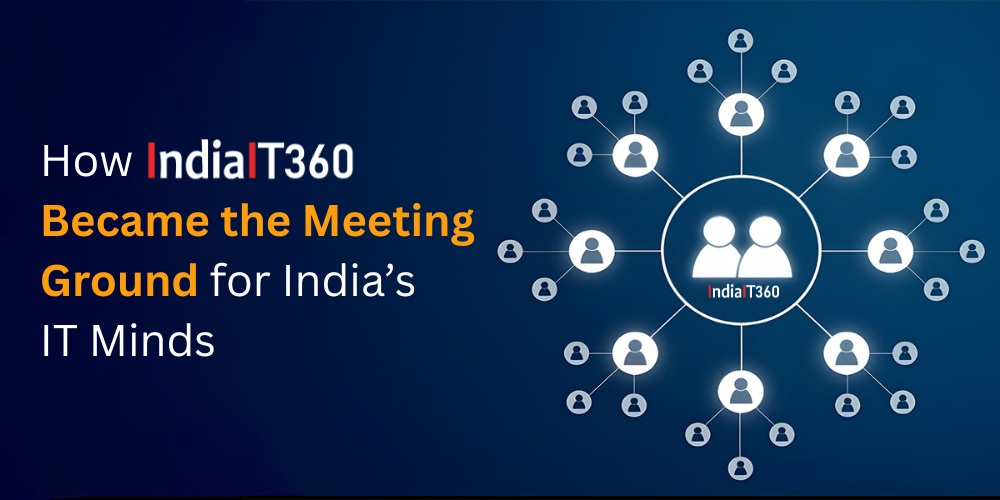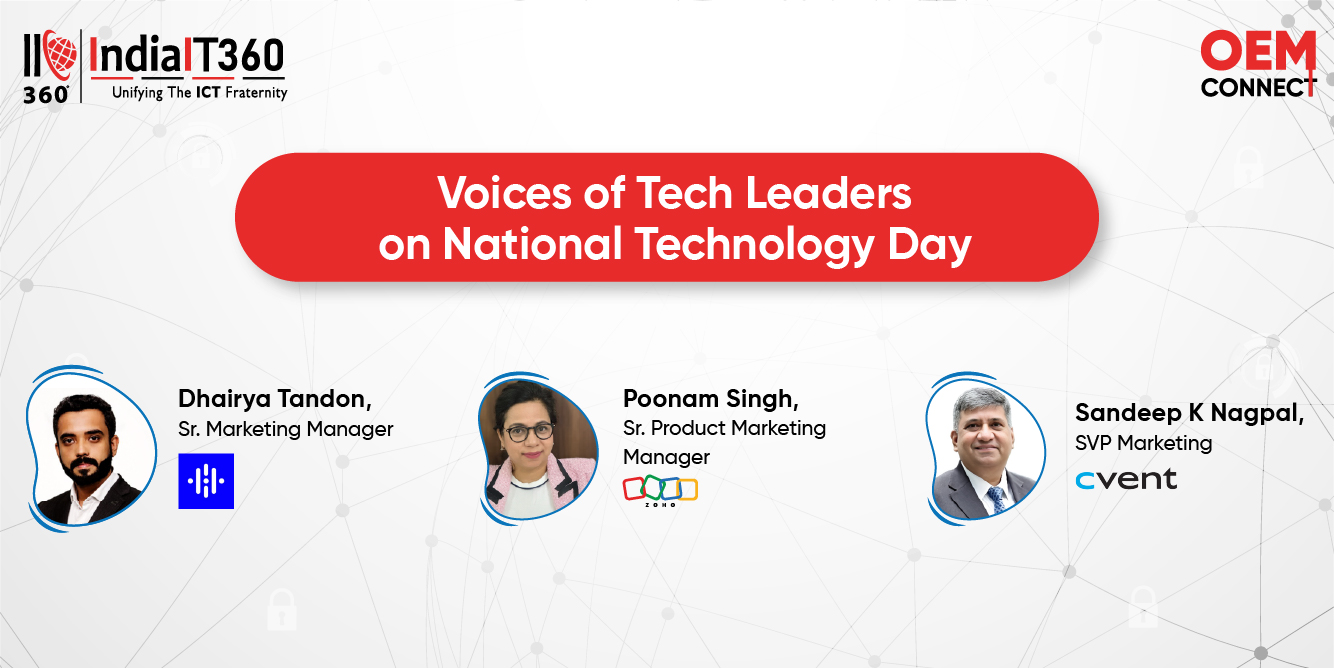Future Looks Bright With Generative AI
Future Looks Bright With Generative AI
A buzzword indeed! We are hearing this word time and again. But are you aware of what it is and what it can do?
Generative Artificial Intelligence, or, in short, Gen AI, is a buzzword that has taken the tech industry and even the others by storm. Oh, and I was also blown by its wind!!
What is it, and why are we talking about it? Does it even make sense in my genre? After extensive research and deep analysis, the answer was crystal clear—yes, it does.
Moving on, to those who know, it’s excellent, but for those still scratching their heads or instantly googling for this, Hang on! I’m going to tell you everything—in and out.
So, first thing first. What is Generative AI?
Generative AI is a revolutionary advancement in AI capabilities. With generative AI, the lines between human and machine intelligence become more hazy, and technological advancement takes on a very human aspect. Machine learning models are all possible with generative AI, creative thinking, flexibility, and self-learning. As we approach the dawn of a new age, robots will not only imitate human intellect but will also be able to expand and enhance it in ways that were previously unthinkable.
Fundamentally, generative artificial intelligence (AI) amalgamates state-of-the-art technologies like generative adversarial networks (GANs), deep learning, and reinforcement learning. These technologies come together to provide AI systems the capacity to think, see, and produce in a way similar to how humans think. However, what distinguishes generative AI from other forms of AI is its ability to evolve and collaborate with humans, fostering a mutually beneficial interaction between humans and machines.
Get ready for a look into a future where co-creation and cooperation are endless, and the lines between artificial and human intellect become increasingly blurred.
How does generative AI work?
Let’s know it in depth.
The foundation of generative AI is producing new material from a collection of inputs, which might include text prompts, pictures, or even video clips. Fundamentally, generative AI uses complex algorithms to produce original content that follows the patterns and styles present in the input data.
Usually, the generative AI system receives a prompt or input from the user to start the process. The artificial intelligence uses this data as a seed to produce new material. Generative AI algorithms are excellent at making many frequently surprising results, whether writing essays, solving complicated puzzles, or creating realistic-looking but wholly fake pictures and audio snippets. Notable.
Initially, using generative AI systems required technical know-how and specialized understanding. To properly communicate with these systems, developers negotiated complicated APIs and constructed programs using languages like Python. However, as the sector has developed, innovators have introduced user-friendly technology that simplifies the user interface.
One noteworthy breakthrough is the development of natural language processing (NLP) tools, which allow users to converse with generative AI systems in plain English. In this way, people can express their demands as if speaking with a human, simplifying communication. Wow!!
Consequently, a broader spectrum of users may now quickly and intuitively utilize the possibilities of generative AI.
Have you got a chance to do so?
Moreover, advances in user experience design have produced user-friendly interfaces that make interacting with generative AI systems easy. These interfaces abstract away the complexity of the underlying techniques, freeing users to concentrate on expressing their original ideas and getting excellent results in return.
Generative AI is a creative collaborator using large datasets and advanced algorithms to create original and contextually relevant content. By comprehending the technology’s workings and rapidly developing interfaces, users may leverage the potential of generative AI to explore previously uncharted creative and innovative territories.
Do you know which of the latest applications are generative AI-based?

The uses of generative models are expanding, and their impacts are far-reaching. Let’s look at some deep generative models and artificial intelligence examples that can enhance automation in customer service, entertainment, and transportation:
- Optimization of Traffic and Forecasting: Generative AI algorithms analyze large-scale traffic data, using the results to forecast congestion patterns and improve city traffic flow. Transportation authorities can reduce travel times and ease congestion by implementing more effective traffic management tactics by generating prediction models based on historical data.
- Immersion experiences and virtual reality: Generative AI generates realistic settings, characters, and interactions to produce immersive virtual reality (VR) experiences. This technology makes virtual reality apps more realistic and lifelike, giving consumers immersive experiences ranging from virtual training simulations to simulated excursions.
- Training and Simulation for Autonomous Vehicles: Autonomous vehicles are being trained and validated using generative AI to mimic different driving scenarios. Artificial Intelligence (AI) can potentially improve self-driving automobiles’ safety and navigational skills by creating more realistic virtual settings and situations that mimic real-world conditions.
- Interactive Games and Storytelling: Interactive storytelling and gaming are being revolutionized by generative AI, which creates material dynamically in response to user inputs. This technology produces dynamic gaming experiences that respond to player decisions, boosting replayability and engagement. Examples of these experiences include procedurally generated game environments and AI-generated dialogue and storylines.
- Automating Customer Service: Generative AI is powering chatbots and virtual assistants, which are increasingly used in customer service automation. AI-driven chatbots improve customer care experiences, speed up response times, and raise satisfaction levels by producing human-like answers to client inquiries and offering tailored support.
- Generation of Art and Music: Gen AI allows musicians and artists to experiment with new creative expressions. AI develops fresh compositions, artworks, and designs by analyzing artistic and musical data, democratizing creativity, and inspiring new forms of expression.
What advantages does generative AI offer?
Generative Artificial Intelligence (AI) is a multi-sector tool that revolutionizes processes and opens new creative opportunities. The following are a few possible advantages of using generative AI in processes:
- Content Generation: Generative AI automates content creation, reducing production timelines and freeing up human resources for strategic tasks. Thus, it streamlines the creation of high-quality content in various media forms.
- Simplified Content Interpretation: Its advanced algorithms analyze and synthesize content, improving accessibility, usability, and decision-making by extracting insights, generating summaries, and translating content into various formats.
- Workflow Optimization: It helps optimize workflows, streamline processes, and reduce operational costs, enabling organizations to focus on core competencies and strategic initiatives, driving competitive advantage and business growth.
- Adaptation to Emerging Technologies: Developers integrate generative AI into workflows to adapt to emerging technologies, ensuring agility and resilience in dynamic markets.
- Enhanced Creativity and Innovation: Enhanced creativity and innovation by enhancing human capabilities, stimulating imagination, and driving breakthroughs through a creative synergy between humans and AI.
- Personalization and Customization: Generative AI enhances customer engagement, satisfaction, and loyalty by tailoring content, products, and services to individual preferences. This fosters long-term relationships and drives business growth.
It has several advantages, from personalization and creativity to automation and optimization. By utilizing the potential of generative AI, organizations can accelerate innovation, seize new opportunities, and gain a competitive edge in today’s rapidly changing digital world.
Its multi-facet use has made it in demand among various industries and sectors like-
Healthcare, Finance, Retail, Entertainment, Manufacturing, Marketing and Advertising, Education, and building an ICT Network.
The potential of generative AI to completely alter whole sectors and revolutionize how we live and work will only increase as it develops.

What are the limitations of generative AI?
Generative AI, despite its potential, has several limitations due to its early applications, which are influenced by the specific approaches used and the complexity of the tasks involved.
- Although generative AI has made great strides toward producing realistic outputs, it still has constraints when producing high-quality material, especially in complicated fields like picture synthesis or natural language. This problem impacts the consistency of the content generated.
- Its models rely on biased training data, which can limit their adaptability and generalization capabilities due to potential issues with content generation and complex data analysis.
- Generative AI models require significant computational resources, which can be challenging for smaller organizations or individuals with limited access, limiting their widespread adoption and accessibility.
- The black-box nature raises concerns about transparency, accountability, and trustworthiness, especially in critical applications like healthcare and finance, where decisions are difficult to understand.
- The threat of malevolent actors using generative AI technology to create deepfakes, propagate false information, or violate privacy emphasizes the importance of ethical development and deployment procedures.
Everything has advantages and disadvantages, and so does the Gen AI. Even though generative AI has a lot of potential, safe and efficient usage of these models depends on identifying and resolving their limits. We may endeavor to fully realize the advantages of generative AI while minimizing the dangers and downsides by tackling issues with quality, data reliance, computing resources, interpretability, and ethical considerations.
Towards the end of this article, I’ll conclude that generative AI is a revolutionary technology that can create new content, transform industries, and enhance user experiences. It can mimic human intelligence and augment it in various ways, including healthcare and finance. However, it also raises ethical, societal, and existential questions. Embracing Generative AI responsibly and managing potential risks is crucial. We can unlock its full potential and propel humanity forward by adopting this technology with foresight, diligence, and ethical principles.
What are your thoughts on this growing technology, and how do you, as a CIO, see this multifaceted AI resolution helping you elaborate your connections in the ICT Network?
Share your comments in the comment box below.


































